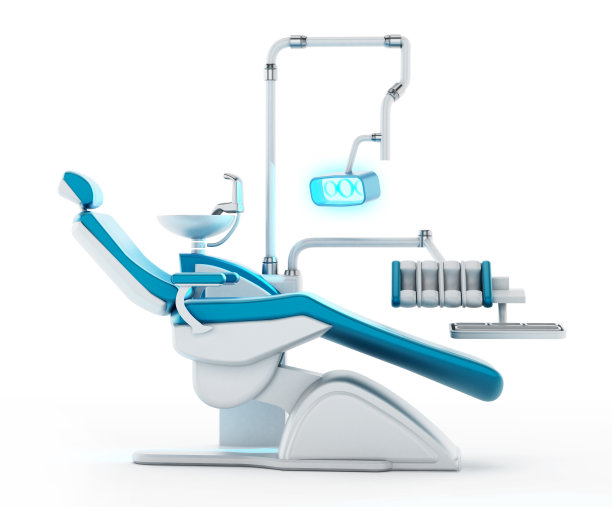Essential Guidelines to Ensure Safety and Success During Root Canal Treatment for Optimal Patient Care
Summary: Root canal treatment is often perceived as a daunting procedure, but when conducted with the right guidelines, it ensures both safety and success for optimal patient care. This article delves into essential protocols that dental professionals should adhere to during this treatment. By focusing on proper diagnosis and patient communication, implementing effective infection control measures, utilizing advanced treatment technologies, and post-procedure care, practitioners can enhance their service delivery. Following these guidelines not only minimizes complications but also boosts patient confidence, leading to a smoother and more successful treatment experience.
1. Importance of Accurate Diagnosis

Accurate diagnosis is the cornerstone of successful root canal treatment. Before proceeding with any dental intervention, it is essential to conduct a thorough assessment of the patients dental history and the current condition of the tooth in question. This is typically done using dental radiographs, which help in identifying the extent of decay and any pre-existing conditions. These diagnostics allow the dentist to develop a tailored treatment plan that meets the individual needs of the patient.
Moreover, understanding the various anatomical features and variations of the root canal system is crucial. Some teeth may have unusual numbers of canals or atypical formations that could complicate the procedure. Therefore, familiarity with these anatomical variations allows for more effective cleaning and shaping of the canal systems, increasing the likelihood of a successful outcome.
Patient feedback is also vital in the diagnostic phase. By engaging in conversations with patients about their symptoms, dental professionals gain insight into the severity of the issue and any anxieties the patient may have regarding the treatment. This approach fosters a better patient-practitioner relationship and ensures that the patient feels supported throughout the process.
2. Implementing Infection Control Measures
The risk of infection particularly rises during root canal treatments, making robust infection control measures paramount. Dental professionals should adhere to stringent sterilization protocols, ensuring that all instruments used are properly disinfected prior to procedures. Utilizing materials such as gloves, masks, and protective eyewear further protects both the patient and the dental team from cross-contamination.
Moreover, using rubber dams during treatment can significantly reduce the possibility of bacterial contamination. This barrier not only keeps the treatment area dry but also isolates the tooth from saliva, limiting exposure to oral bacteria. By minimizing contamination risks, dentists can ensure a safer environment for their patients, thereby enhancing treatment effectiveness.
Documentation of sterilization practices is essential. Keeping thorough records of sterilization processes can help identify any potential breaches and allow for timely corrective measures. This practice reinforces the commitment to maintaining a safe treatment environment, which, in turn, boosts patient trust and comfort.
3. Utilizing Advanced Treatment Technologies
In modern dentistry, employing advanced technologies can greatly improve the efficiency and outcomes of root canal treatments. Digital imaging, such as cone-beam computed tomography (CBCT), provides detailed views of the tooth structure, enabling precise diagnosis and treatment planning. This advanced imaging helps to visualize complex canal systems and any potential complications.
Furthermore, innovations such as rotary endodontics streamline the cleaning and shaping processes. This technology minimizes manual instrumentations time and effort, reducing fatigue for the dentist while increasing accuracy in canal shaping. These modern tools can significantly lower the likelihood of procedural errors, thereby enhancing the overall success of the treatment.
Tracking patient progress through digital records allows for better follow-up care. This technology facilitates communication between dentists and their patients and helps in monitoring the effectiveness of the treatment. By keeping thorough digital records, dental professionals can quickly access patient histories, ensuring a more personalized treatment approach.
4. Importance of Post-Procedure Care
Post-procedure care is integral to the success of root canal treatments. After the procedure, clear instructions should be provided to the patient regarding medication, oral hygiene, and any dietary restrictions. Ensuring that patients understand how to care for themselves post-treatment aids in preventing complications and promotes healing.
Follow-up appointments are crucial for monitoring recovery and addressing any concerns the patient may have. These visits allow the dental provider to perform check-ups on the treated tooth and discuss any lingering discomfort. Regular follow-ups ensure that the treatments success is maintained and that any emerging issues are promptly addressed.
Patient education plays a vital role in post-procedure success. By emphasizing the importance of continued oral health practices and routine dental check-ups, practitioners can guide their patients towards maintaining optimal dental health long after the root canal treatment.
Summary:
Ultimately, ensuring safety and success during root canal treatments hinges on four essential guidelines: accurate diagnosis, robust infection control, advanced technology utilization, and diligent post-procedure care. Each of these elements contributes to providing optimal patient care while minimizing risks associated with the procedure.
By adhering to these guidelines, dental professionals can create an environment that fosters patient loyalty and satisfaction. As a result, the apprehensions surrounding root canal treatment can be alleviated, leading to better overall experiences for patients.
This article is compiled by Vickong Dental and the content is for reference only.


